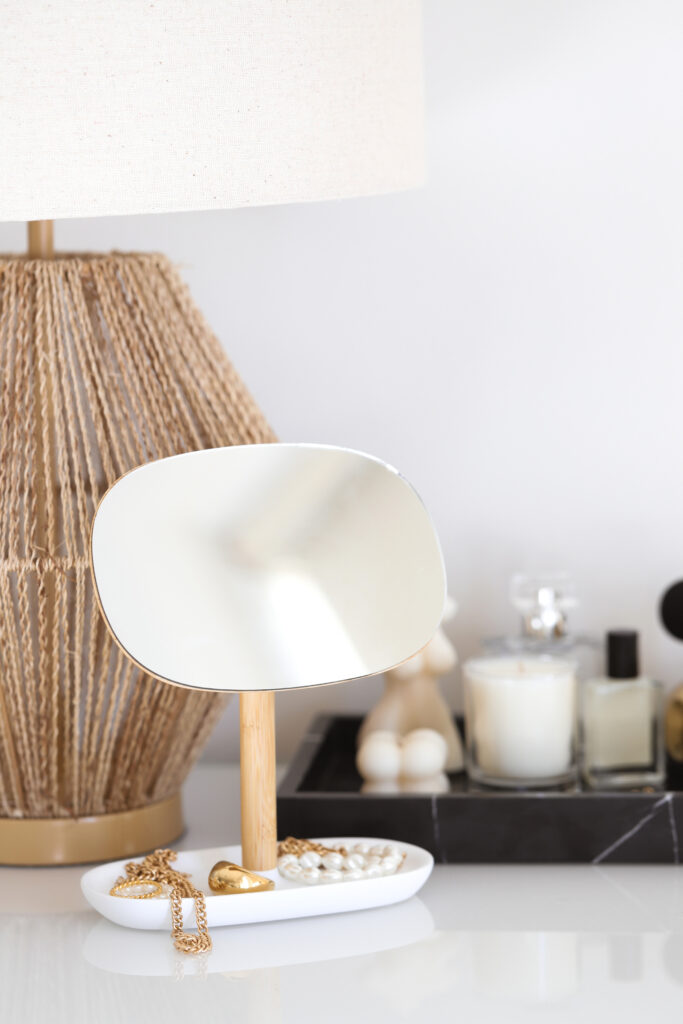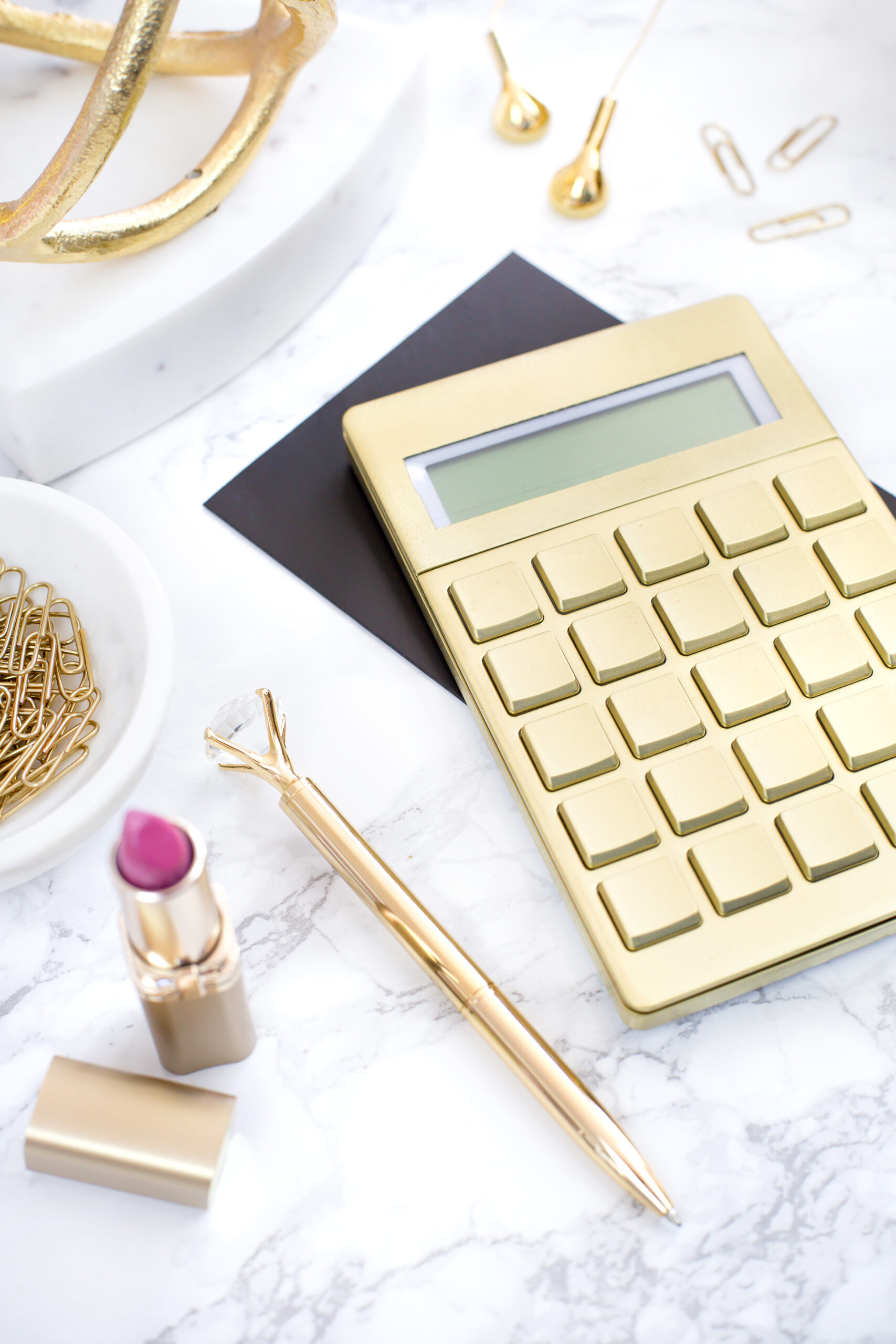
How to Build a Successful Personal Brand
In a saturated online world, standing out and establishing a niche can be tough. If you take a look at some of the most successful entrepreneurs in the last decade, you will find that the majority of them all have one thing in common – a solid personal brand! Creating a personal brand is not a new thing but we’ve all certainly been paying more attention to this type of branding and way of networking over the last 10-15 years. If you’re looking to build a community, grow sales and create long-lasting success online then read on to find out how to build a successful personal brand in 2023 and beyond!

You are Your Own Niche!
I am sure you are already aware that people buy from people! Have you ever noticed how the big brands such as Chanel, Loreal, Pepsi, etc. employ trendy, well known celebrities to advertise their products and become the “face of the brand”? Well that is because people buy from people and we trust in the people we see using these products. In reality these celebrities may not even buy the products in question, but associating a popular face with a product instils that much-needed trust factor and that is what gets people to buy. On a smaller scale, think about your favourite bloggers and vloggers. Think about the people you have bought from online. Most of the time we buy from people who we’ve got to know a little. We like it when we can relate to somebody’s backstory. If we can’t then it’s not a problem. We respect them all the same but if something doesn’t resonate with us then we simply don’t invest in their offering. Don’t take rejection personally. Often it is just a matter of not being a suitable fit, for e.g. it’s like you being offered the best top of the range dog food, which despite being lovely, is completely wasted on you because you don’t (plan to) have a dog.
The beauty of a personal brand is that it is unique to you. It can’t be copied or become a saturated market because it is something only you can control. This is why personal brand is so vital in the world of content creation. Mastering a personal brand and gaining a dedicated following takes hard work and dedication but allows us to build a business based upon personality, which is a completely unique offering!

How Much of Your Life Should You Share Online?
There’s often a bit of uncertainty about how much you should share online and how much you keep back. The decision is completely yours. Some people decide to share pictures and details about their children but never mention their partners, some share almost all of their personal lives with their followers, and then there are other content creators who disclose very little about their personal lives and the people in their lives. It is completely up to you what you share and how much, but personally I feel that sharing parts of your life (only those that you feel comfortable with) allows your following to build a connection with you. They begin to get a grasp of your likes, dislikes, etc. So for e.g. with me, one of my favourite British bloggers is Anna Newton from The Anna Edit. Anna is down-to-earth, honest, and relatable. When Anna recommends a product/place/service I know that it is something that I might like too. Whereas there are other bloggers who are fantastic but I can’t relate to them in any form. So when these bloggers recommend something, I am far less interested because I don’t consider it something that would suit me.

How to Keep Your Brand Message Consistent
It is really important to think like a brand because it allows people to recognise your work and keeps your brand’s image consistent. When you are a content creator, it is really important to communicate your personality well. Once you have a good idea of what your brand is about, you can ask yourself questions like: “what would the brand do?” “Does this fit well with the brand and message I am putting out?” “Is this going to confuse people?” Since starting my first blog in 2009, my second in 2014 and Quest Magazine back in 2010, I have tweaked the visual appearance of each brand quite a few times. I also have my fashion brand – Minnirella, which has undergone a few changes over the years. However, for the past two years my logos and brands have been very consistent. It is perfectly fine to make changes to your brand and to introduce new projects into your business, such as new blog topics and new product collections because people expect your brand to grow and develop over time. You may also want to change your logo or website theme at a later date. Again, this isn’t a problem because your website it like your store front and you need it to be aesthetically pleasing! But avoid changing your website theme more than once a year because this begins to look unprofessional. If you do need to undergo a big change, rather than trying to do it discretely and hoping that your followers don’t notice, share the news with them and explain why and how you reached the decision to make the change. Last year I updated our website theme and at the time I really thought it was “the one”! I loved it. Unfortunately, a few months down the line I realised that the theme was making my high quality images look really grainy and out of focus. There was nothing I could do. I had to change the theme. So, I took my time and did some research and found a theme that suited all my needs. I gathered information, made notes, worked with a branding expert and made sketches of how I wanted my updated blog to look. I am now really happy with how this site looks and I don’t have any issues with it either. However, in my experience I think that it is best to be honest with your readers and notify them in a blog post, social media caption or in an email newsletter about the issues you have been experiencing and even turn it into a conversation starter to get engagement – ask them “have you ever experienced this?” or “What would you like to see on my new updated site? How would you like it to look?”
Positioning Yourself as a Brand
All brands fall into one of the four categories:
- Positive / well known
- Positive / less known
- Negative / well known
- Negative / less known
What does this all mean? Well some brands and public figures are associated with negative feelings. They might be “controversial people” with a bad reputation but they are also very well known. Then there are positive brands. Brands that are well loved and never usually associated with bad press or negative attention. You might not buy from the brand but you don’t have a strong dislike for them because they are not actively distributing negative products or messages. I am sure that you can think of well known faces who are associated with strong negativity, these could be anyone from politicians to high profile public figures. We know who they are and we know their names but we don’t like them. They are known for all the wrong reasons. On the other hand, you have brands such as John Lewis, Cadbury, Coca Cola, and others who are associated with positivity. Even if you were to experience a less than satisfactory case with these brands, I am sure they would do their very best to resolve your issues in order to maintain their positive status. You may never have shopped in a John Lewis, you might hate chocolate and never have the urge to drink Coca Cola, but that’s because their products don’t suit you – not because they are highly controversial or dangerous.

At the moment, you are most likely situated in the positive / less known category. Your business is there to help people (making it a positive brand), but not enough people know who you are, what you offer or where to find you (making you a less known brand). This might make you feel like you have a lot of work ahead of you, but in actual fact you are not at the bottom of the hierarchy here. The brand category that requires the most work is the negative / well known brand. Why? Because it takes far more hard work to change the opinions of a huge audience and have them believe that you are a positive brand than it does to simply grow your positive brand and get seen. Additionally, if a brand is currently considered to be negative / less known, it is much easier to make the change to becoming a positive brand in the early stages when not everybody knows about you.
So generally, the aim is to be a positive, well known brand.
If you’d like to learn more about brand positioning then I’d highly recommend this book: “Build a Brand in 30 Days” by Simon Middleton.





